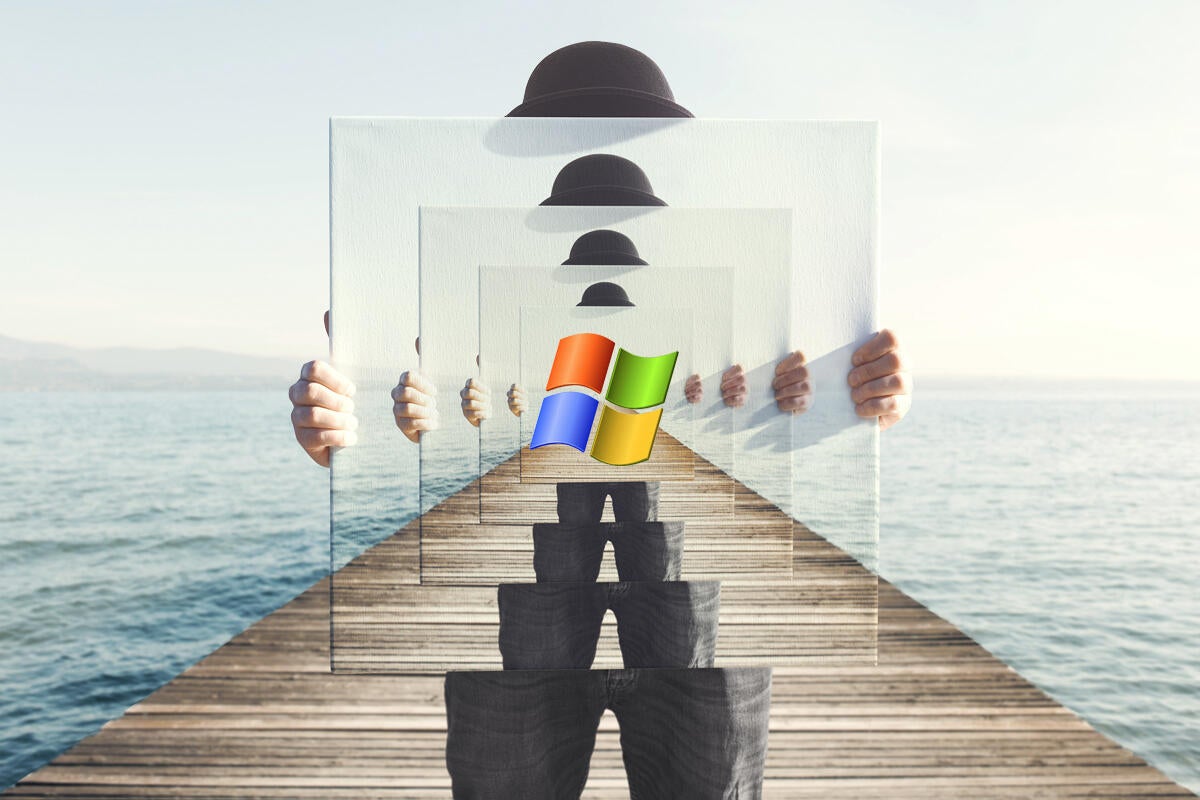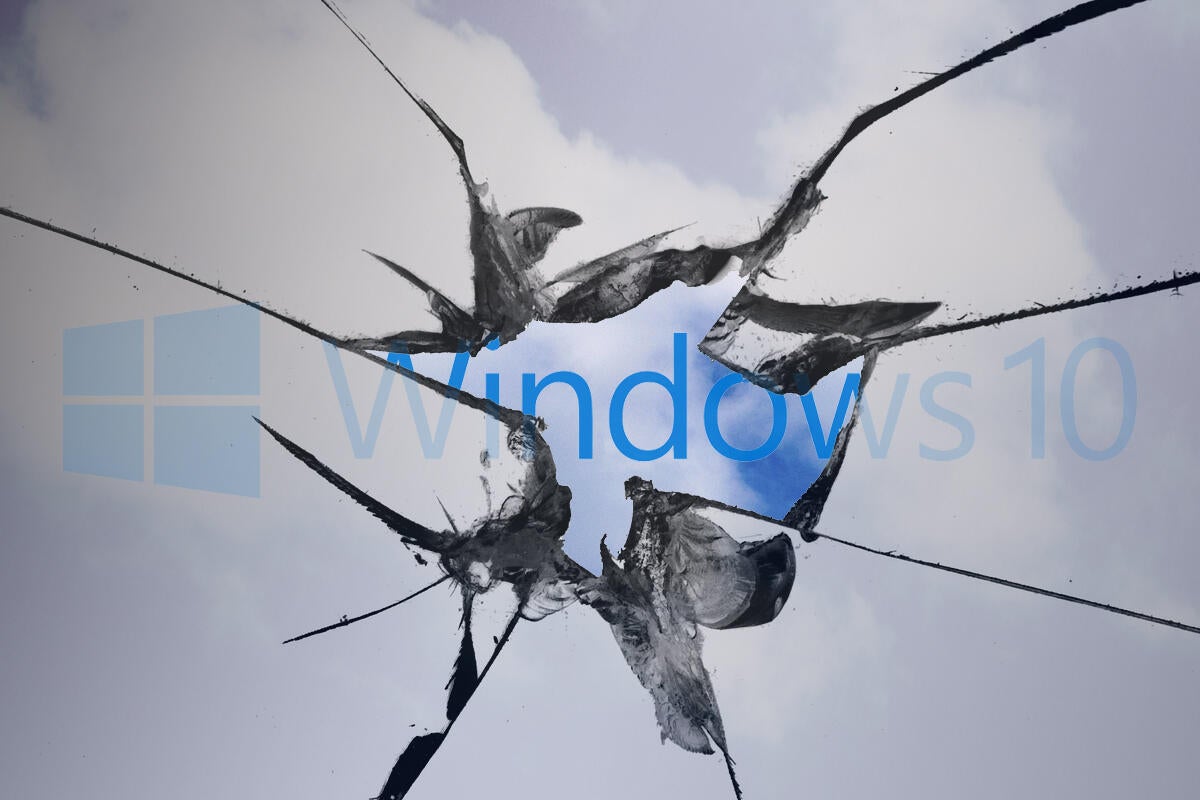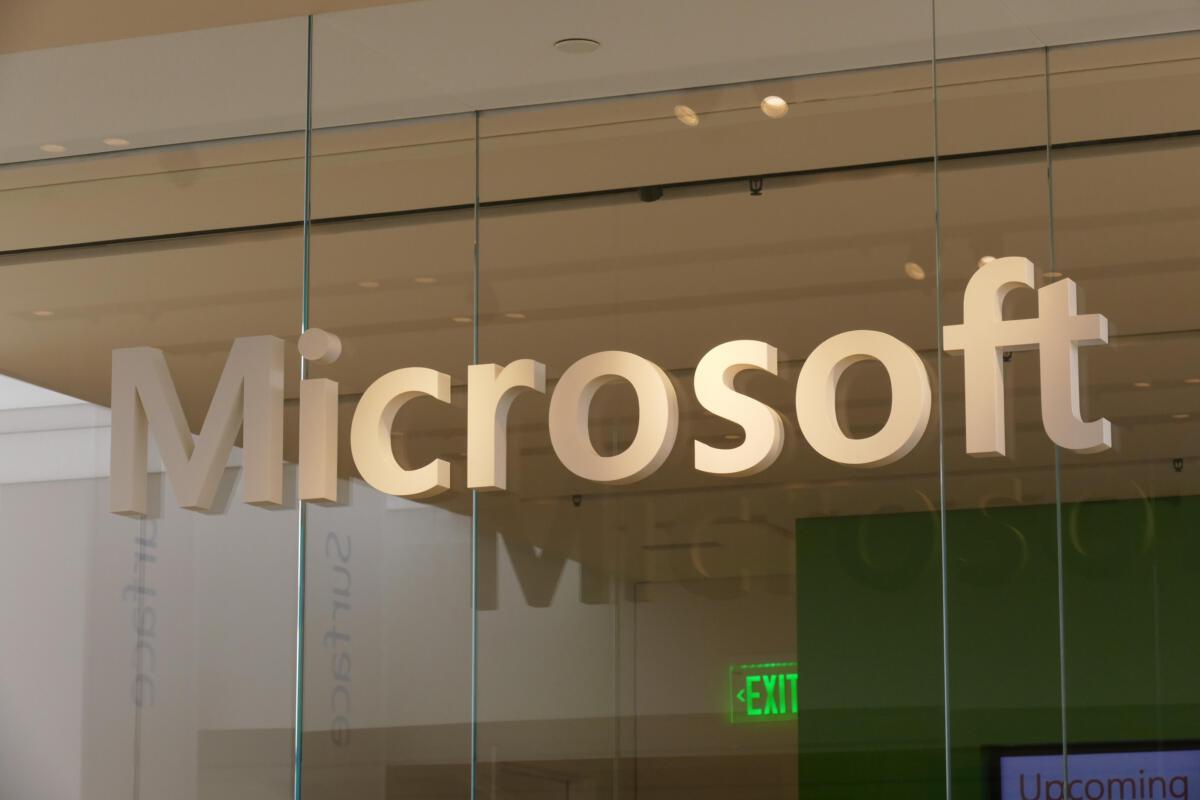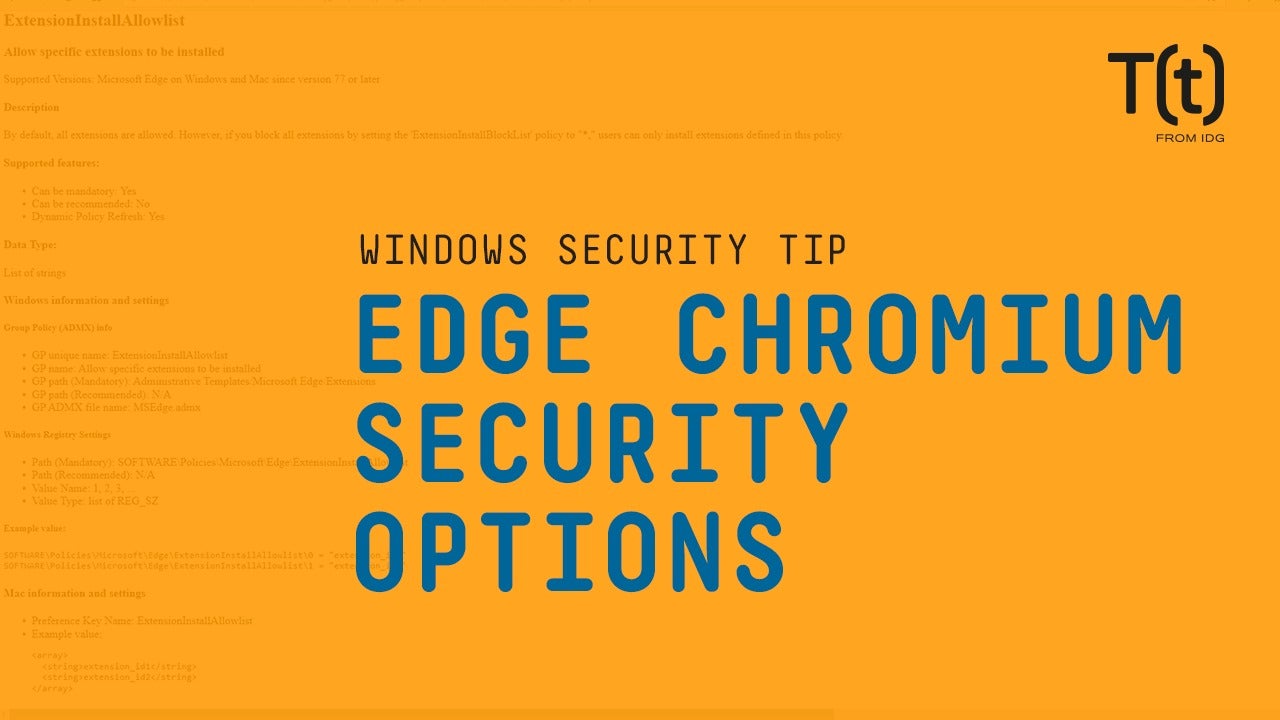Blocking attacks against Windows “CTF” vulnerabilities

Credit to Author: Mark Loman| Date: Thu, 22 Aug 2019 16:53:35 +0000
Operating systems and run-time environments typically provide some form of isolation between applications. For example, Windows runs each application in a separate process. This isolation stops code running in one application from adversely affecting other, unrelated applications. This means a non-administrative user mode process can’t access or tamper with kernel code and data, and an […]<img src=”http://feeds.feedburner.com/~r/sophos/dgdY/~4/N06wKBdEugM” height=”1″ width=”1″ alt=””/>
Read More




